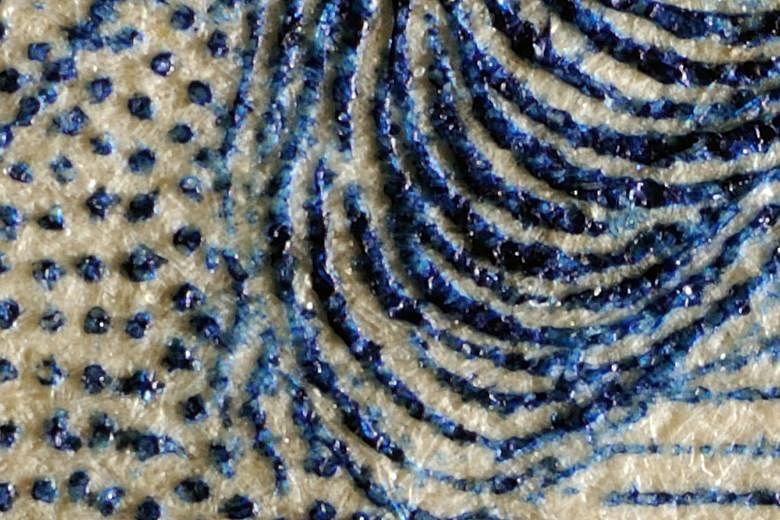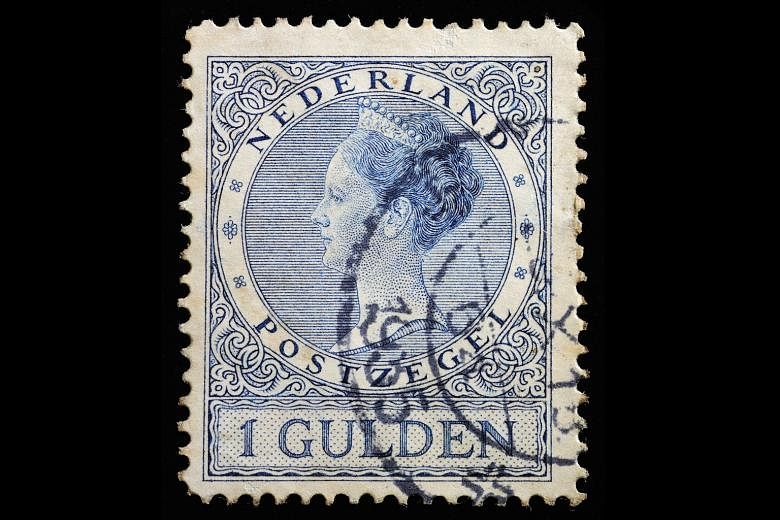Up close, it looks like a sculpture painstakingly moulded by hand, but this was actually done by machine, and way back in 1930. The technique of intaglio or recess printing was widely used in postage stamps from the 19th century up to the mid-20th century. The desired image was engraved onto a flat metal surface as a pattern of very fine grooves and holes. The ink was applied to the finished pattern and wiped off the surface, leaving ink in the depressions. When a piece of paper was pressed hard against the surface, the ink in the depressions was transferred to the paper, forming beautiful three-dimensional details complete with shadows when lit from the side. As it was labour-intensive, engraving and recess printing gave way to photographic printing techniques but continues to be used where counterfeit protection is especially important, such as in banknotes. This extreme close-up zooms in on the hair of the late Queen Wilhelmina of the Netherlands.
Beautiful Science


Join ST's WhatsApp Channel and get the latest news and must-reads.
A version of this article appeared in the print edition of The Straits Times on April 08, 2016, with the headline Beautiful Science. Subscribe

